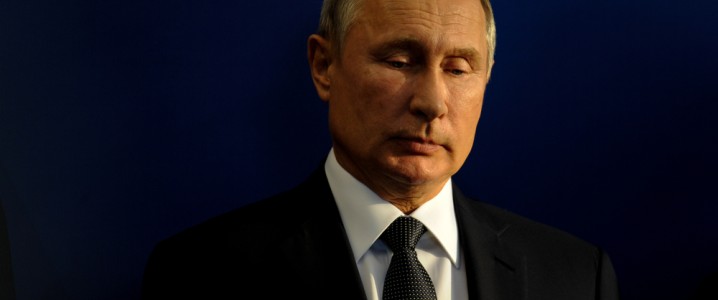President Tinubu Issues New Directives on Security, Say “Enough is Enough”
Russia Losing Grip on Central Asia

Russia’s top diplomat has expressed grudging acceptance of expanding US involvement in improving Central Asia’s trade infrastructure. But, curiously, he sidestepped commenting on China’s growing economic influence in the region.
Foreign Minister Sergei Lavrov, during a question-and-answer session with students at Moscow’s MGIMO University in early September, noted that “a growing number of extra-regional actors,” including the United States, has taken an interest in fostering trade via the so-called Middle Corridor, a route connecting Asia to Europe via Central Asia, thus bypassing Russia.
Rising US interest in Central Asia’s economic future is far from a welcome development for Russia, but Lavrov offered a measured assessment during his MGIMO appearance. He stressed that Russia maintains “warm and allied” relations with Central Asian nations, which are bound to Russia economically and strategically via some agreements, including the Collective Security Treaty Organization, the Eurasian Economic Union, and the Commonwealth of Independent States. He then went on to acknowledge that Russia “cannot prevent anyone from forging deeper ties with other partners.”
At the same time, Lavrov couldn’t restrain himself from taking a swipe at the United States, saying US officials’ motives in Central Asia aren’t magnanimous. “When our partners and allies in Central Asia expand their relations with the West, I do not have the slightest doubt that they understand perfectly well that apart from pursuing its noble and transparent objectives, the West also seeks to undermine the Russian Federation’s influence there,” Lavrov said before launching into a non-sequitur.
“Why has the United States suddenly expressed concern about Russia’s relations with Nicaragua? This seemed to come out of nowhere,” he said. “They use every pretext to voice their far-fetched concerns as long as there is a Russian presence.”
US engagement with Central Asia is occurring within a framework dubbed the B5+1 process, which encourages Western investment by fostering reforms that lower intra-regional trade barriers and systematize customs procedures. In recent months, Central Asian states have concluded a bevy of bilateral agreements to better regulate trade. Washington has also assisted individual states in making infrastructure upgrades.
In August, for example, the United States provided Kazakhstan’s Customs Service with advanced Dell Technologies Inc. servers to help make border procedures more efficient. “Adopting innovative technologies will streamline processes, enhance accuracy, improve transparency, and foster a business-friendly environment, attracting more investors and boosting economic growth,” US Ambassador to Kazakhstan Daniel Rosenblum said in a statement.
The Russian-Ukraine war is limiting the Kremlin’s ability to exert pressure on Central Asian states to adhere to its wishes. Russia currently relies heavily on back-door trade via Central Asia to circumvent sanctions and obtain goods needed to keep its war effort in Ukraine going.
China is using Central Asia to funnel so-called dual-use technologies to Russia. And in a broader sense, China has eclipsed Russia as the main trade partner for Central Asian states. In his MGIMO comments, Lavrov called China “a reliable partner.” And when listing all the countries active in developing trade and diplomatic ties in the region, he completely omitted mention of China as a player in Central Asia’s emerging great trade game.






